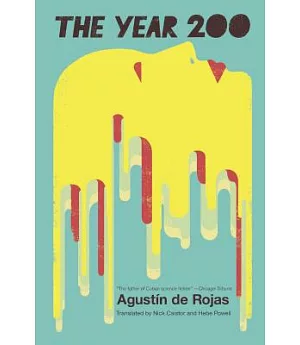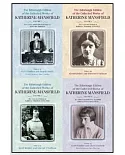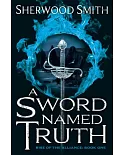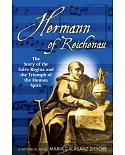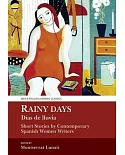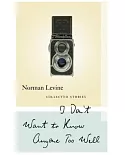The crowning literary achievement of Cuban sci-fi’s patron saint, and a vituperative examination of the Castro regime that combines cryogenic freezing, artificial intelligence, and
surveillance with evil wizards, time travel, and killer robots in a gripping adventure story.
The peace of Tranquil Grove is violently disturbed when the Imperial Service’s Hydras awake from a two hundred-year sleep and implant the consciousnesses of a sadistic, lascivious torturer and
a desperate aging secret agent into the minds of a film-obsessed boy and his mother, an “emotional engineer.” Drawing as much from the realms of the adventure novel, spy thriller, and political
satire as from hard science fiction and fantasy,The Year 200 is on the one hand steeped in hard science and prophetic in its address of cryogenic freezing, artificial intelligence, and
surveillance, and on the other full of the action and intrigue brought on by evil wizards, time travel, and killer robots.
A cult classic and Cuban sci-fi father Agustín de Rojas’s most popular work, The Year 200critiques the Castro regime by holding it against its own impossible standards. Released in 1990,
just after the fall of the Berlin Wall and the onset of Sovietperestroika, the last book in de Rojas’s sci-fi trilogy exposes the hypocrisy of a state on the brink of the devastating
Special Period. When confronted with the polemical novel’s “perfect” moral universe, in which Che Guevara’s socialist principles are followed to the letter, the reader is forced to compare the
optimistic future (and Castro’s lofty rhetoric) with the crude reality of everyday Cuba in the late Soviet era, where art must be sanctioned by the government and bureaucracy stymies human
progress. An imaginative and bold social extrapolation and nuanced political parable, The Year 200 brings contemporary trajectories to their logical extremes and asks, “What does ‘the
greatest good for the greatest number’ really mean?”

